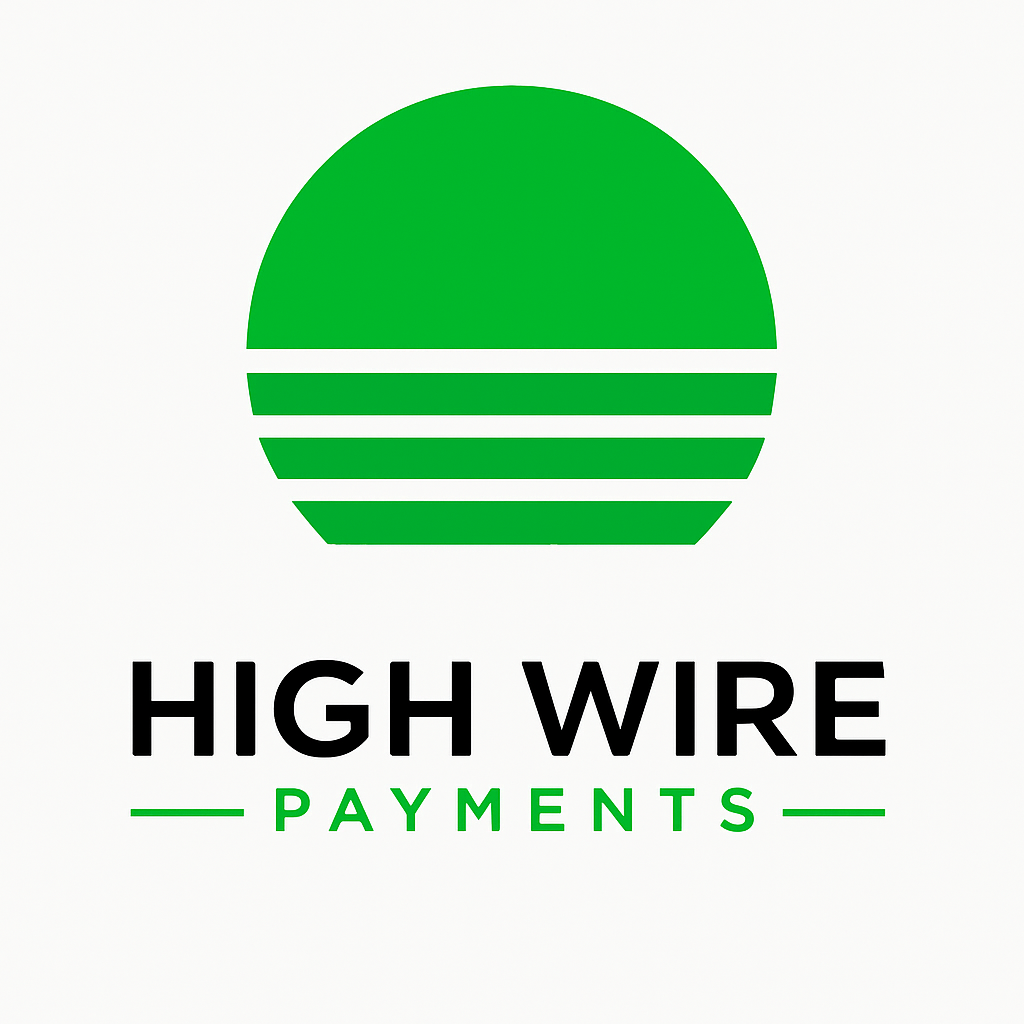Zelle Payment Failed? Here’s Why (And How to Fix It)
Payments through Zelle are meant to be instant, but sometimes they hit a wall. Here’s what’s going on and what you can do.
Table of Contents
Why Do Zelle Payments Fail?
Zelle is usually seamless, but technical hiccups, fraud protection flags, or user errors can cause transactions to fail. If your payment didn’t go through, don’t panic — it happens more often than you’d think.
Common Reasons Your Zelle Payment Didn’t Go Through
- The recipient isn’t enrolled with Zelle
- Your bank placed a fraud block on the transaction
- Your daily or weekly Zelle limit was exceeded
- The recipient’s phone or email is incorrect
- Zelle is temporarily down or undergoing maintenance
How to Fix a Failed Zelle Payment
Here are some quick steps to troubleshoot the issue:
- Double-check the recipient’s information
- Make sure both of you are enrolled with Zelle
- Try a smaller amount in case you’ve hit a limit
- Call your bank to verify no security holds were placed
- Log out and log back in to your banking app
What to Do If It’s Still Not Working
Also consider switching devices or updating your banking app. Sometimes app bugs or outdated versions cause hiccups.
Can Zelle Fails Affect Business Transactions?
Yes — especially if you’re relying on Zelle for high-volume or time-sensitive transactions. Unlike traditional merchant processors, Zelle isn’t built for business at scale and offers no formal chargeback protection.
Best Alternatives to Zelle for Business Owners
If you’re running a business and your Zelle payments are failing, it might be time to consider:
- A dedicated merchant account (especially if you’re in a high-risk category)
- ACH payment platforms like Plaid or Dwolla
- Peer-to-peer apps like Cash App or PayPal (with business support)
High Wire Payments can help businesses in restricted industries accept secure card payments without being shut down like with Zelle or PayPal. Reach out if you’re in hemp, kratom, delta, or similar spaces.

Leave a Reply